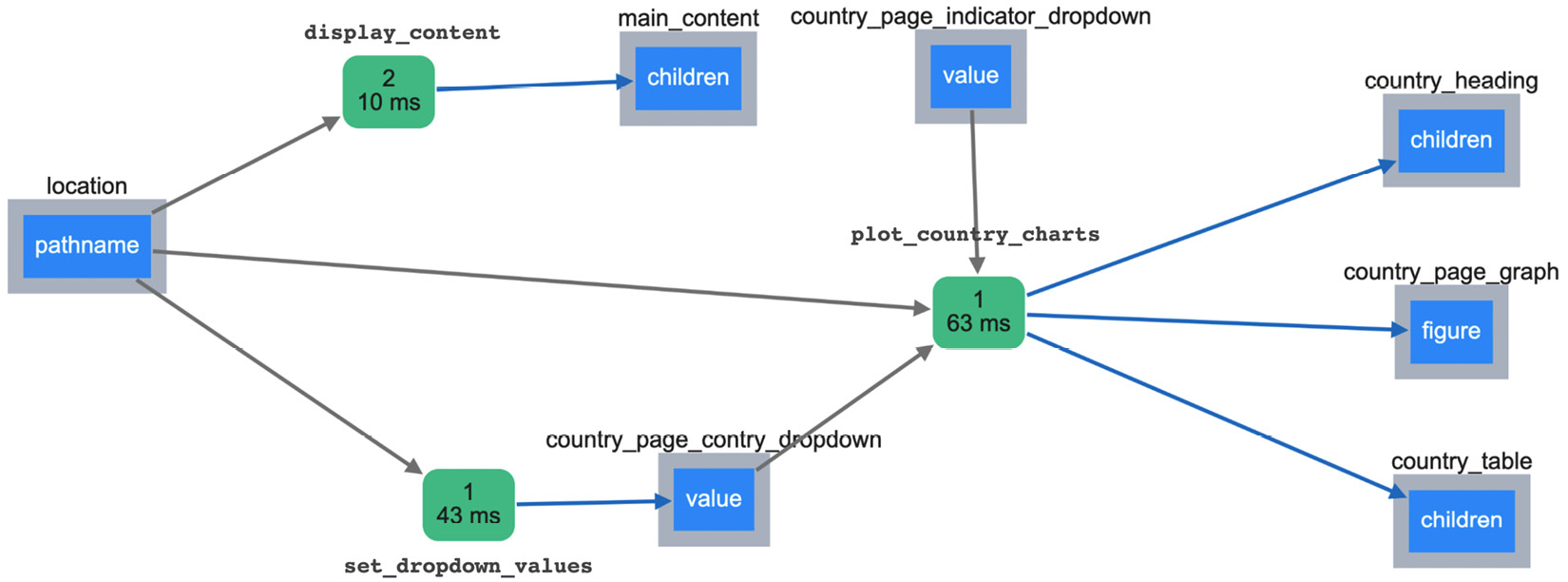Chapter 11: URLs and Multi-Page Apps
So far, we have been building everything on one page. We kept adding new charts and interactive components to a single div and incorporated them as we saw fit. Adding new URLs can be useful for space-saving purposes, so that we don't end up having too many components on a single page. URLs also serve as a tool for classifying content and providing context, so users know "where" they are and what they are doing.
Even more interesting is the ability to programmatically generate many additional pages to your app, simply by displaying content based on the URL (or any part of it). This is what we will do in this chapter.
Once we get to know how the Location and Link components work, we will then make a slight change to the structure of the app, by making and isolating new layouts. Then, it will be clear how easy it is to make a multi-page app. We will have a general layout with an empty area in the middle, and using a simple rule...




